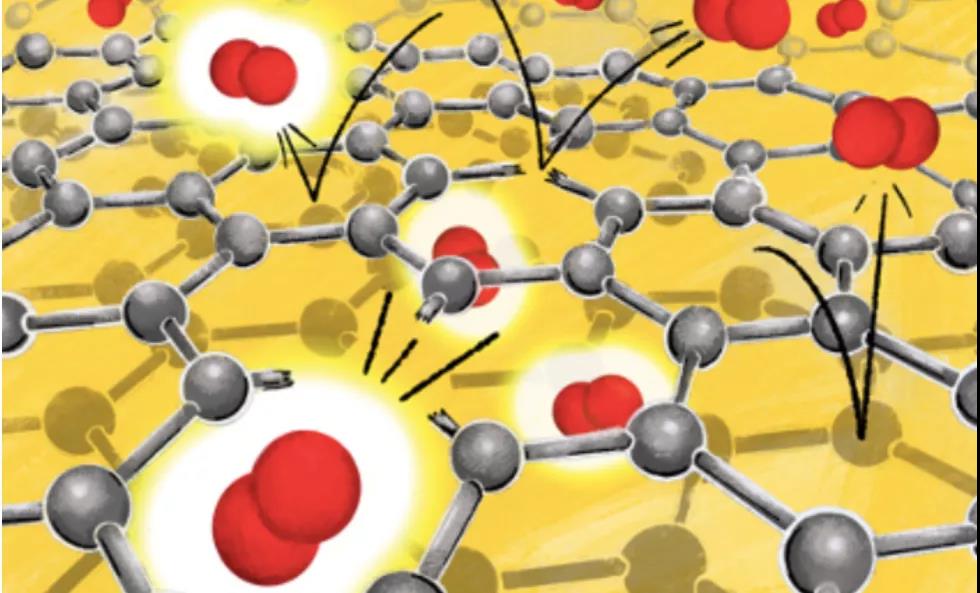The U.S. develops a rapid test method to evaluate the corrosion of cars protected by graphene
2020-11-25
For automobiles, airplanes and ships, trace graphene barriers can provide decades of protection against oxygen corrosion, but how to evaluate its effectiveness has always been a challenge. According to foreign media reports, scientists at the Los Alamos National Laboratory in the United States have proposed a possible solution.

Principal researcher Hisato Yamaguchi said: "We make and use extremely corrosive air, and observe its acceleration effect on the graphene protective material. Only by giving oxygen molecules a slight kinetic energy, we can immediately extract corrosion information for decades. We have artificially created a portion of air, including oxygen with a physically defined energy distribution, and exposed the metal protected by graphene to this air."
The kinetic energy of most oxygen molecules takes decades to produce corrosion in the metal. However, a small part of natural oxygen with high kinetic energy in the physically defined energy distribution may become the main source of rust. Yamaguchi said: “Through comparative experiments and simulation results, it is found that the oxygen permeation process of graphene is completely different for molecules with and without slight kinetic energy. Therefore, we can create artificial conditions and try to accelerate the corrosion test.”
It is estimated that in the United States alone, the loss caused by the corrosion of metal products accounts for about 3% of the gross domestic product (GDP), and it may reach trillions of dollars globally. Fortunately, recent analysis has found that oxygen molecules can freely but not destructively penetrate into graphene after being given additional kinetic energy, so that the effectiveness of graphene treatment methods in preventing rust can be analyzed.
Researchers said that when oxygen molecules are not affected by kinetic energy, graphene can act as a good barrier to oxygen.